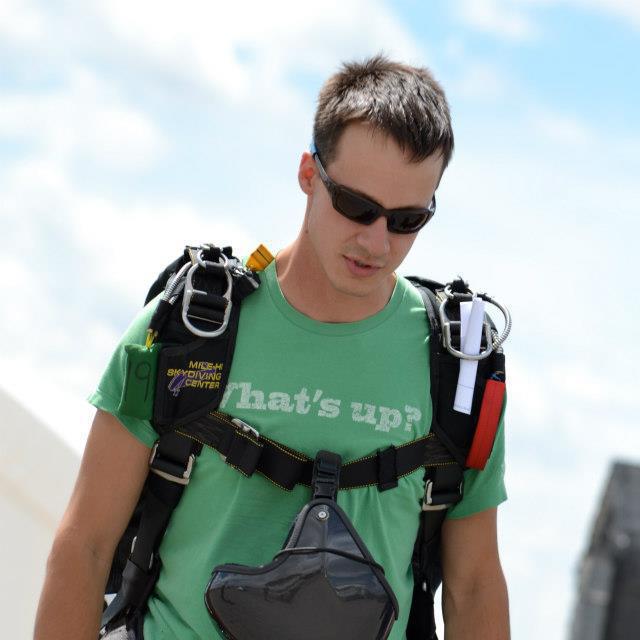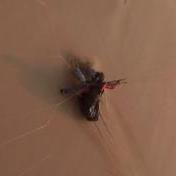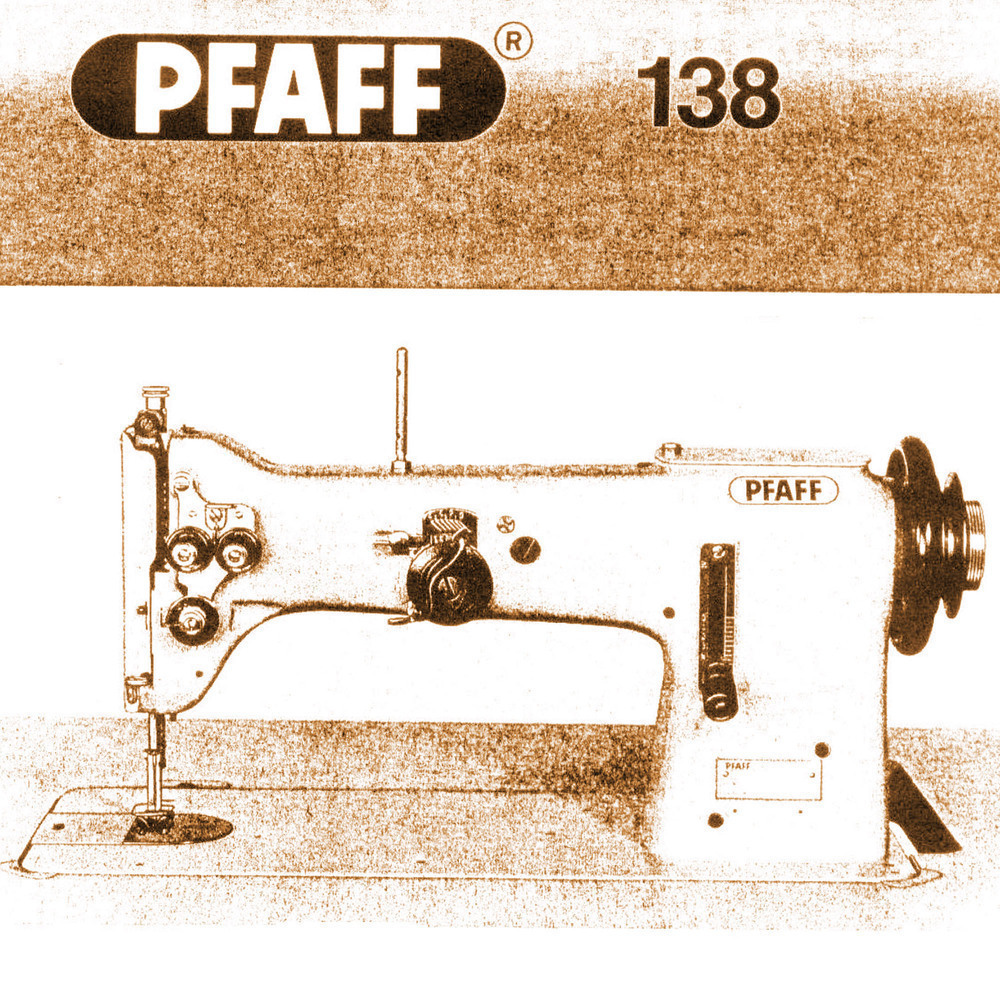Recommended Posts
Quote
Pulled this out of a V3 in Ogden UT today. I'm digging through every piece of UPT literature saying that this is a good idea, but I'm not finding anything.
Riggers and Riggets, please be careful out there!
Are you looking at this situation from a legal perspective, or solely from the perspective that this is a poorly constructed Lodi loop? I'm not sure I have gathered which way your going with it.
I definitely agree that this is an unsafe and poorly constructed Lodi loop and I think you should absolutely bring this to the riggers attention. From a legal standpoint, I think it is completely legit to have this type of loop on a Vector provided you have a letter of approval from Bill Booth. And I'm pretty sure he's willing to give those out for approval of Lodi loops.
Cheers,
Travis
Unstable 9
QuoteAre you looking at this situation from a legal perspective, or solely from the perspective that this is a poorly constructed Lodi loop? I'm not sure I have gathered which way your going with it.
From my perspective, I would want to see a Letter saying that this is Okay.
I don't like them, but if You're going to make a lodi loop, at least make them well. Know what length you are starting out with so it's not sloppy. Please at least make two knots to hold it into the washer...
Cheers,
Travis
On a side note....a rigger I know uses a fixed closing loop on reflex's.....just the opposite here.
Another issue is that the large size of the "loop" portion can prevent reserve canopy or freebag from leaving the reserve tray if it catches canopy inside of it.
Kind of confusing. HOpe that helps.
Cheers,
Travis
Unstable 9
Cheers,
Travis
hookitt 1
Quote
See, maybe I'm just a square from Squaresville. If the V3 was not designed and TSO'd with that type of loop - then I don't want to see them in there.
I'll repeat the question
If it's a good idea for a pop top, why do you feel it is not a good idea for a rig like a vector?
This is an honest question to get your response. Keep in mind that no where is it written that it's a bad idea so please don't use because it's not in the manual as a reason. I don't use that loop by the way but would like to hear a reasonable (or unreasonable for that matter) response.
Thanks
Cypres loops used in any non pop-top container need to be lubricated.
Would the quick loop be lubricated? No.
I spoke to Kai, when visting Airtec many years ago, about the design of the Cypres loop. I had a Javelin and wondered how the flaps would open if the loop was cut at the base and the pilot chute would have to force the flaps away from the remaining loop. The type of line used and the silicon lubrication are very important factors in the design and help the flaps open more readily. This has been discussed recently due to improper loop lengths. Using one of these quick loop on an internal pilot chute style system wouldn't be a great idea and I don't really see the benefit. Why not set the correct length and use skill to close the container correctly? Hey the Vector III is one of the easiest containers to close!
QuoteLubrication..........
Cypres loops used in any non pop-top container need to be lubricated.
Would the quick loop be lubricated? No.
I spoke to Kai, when visting Airtec many years ago, about the design of the Cypres loop. I had a Javelin and wondered how the flaps would open if the loop was cut at the base and the pilot chute would have to force the flaps away from the remaining loop. The type of line used and the silicon lubrication are very important factors in the design and help the flaps open more readily. This has been discussed recently due to improper loop lengths. Using one of these quick loop on an internal pilot chute style system wouldn't be a great idea and I don't really see the benefit. Why not set the correct length and use skill to close the container correctly? Hey the Vector III is one of the easiest containers to close!
I have no opinion one way or another, for or against quick loops.
Your argument, however, doesn't really make sense to me. You say that any "non pop-top" container must have silicon on the loop and you describe that is so because if the cutter cuts the loop at the bottom of the loop, the loop will have to slip through all the grommets. I get that, except that there are a number of pop-top and non-pop-top rigs that have the cutter above the pilot chute, thus eliminating this argument for many rigs. The same is true of rigs that have the cutter below the d-bag.
So really, based on Kai's argument, it depends more on the location of the cutter than on pop-top/non-pop-top. Follow?
I am also of the mindset that reserve closing loops on any rig (except Lodi loops and racers/reflexes) should be siliconed as a proper procedure. This helps the loop to not become marred when closing all the flaps (especially damaging on Mirage and Vector III side flaps).
Cheers,
Travis
I am saying they shouldn't be used in internal pilot chute containers.
It has nothing to do with cutter placement, it is the way the containers open.
The loop(s) are extracted with PC on a poptop and stay with the container with any other style container.
On a Racer or Teardrop the cutter placement is right next to the pin behind the grommet. When the loop is cut the opening sequence will be exactly the same, the pilot chute pulling the loops free of the container etc. Whereas with the internal pilot chute container, cutter placement does not matter, there will always be flaps requiring to force their way apart against the remaining loop which is held by the remaining pin. The lubrication helps in this situation and you cannot lubricate a quickloop as the knot is based on friction.
Unstable 9
QuoteIf it's approved by the manufacturer, it's TSO'd.
Do you have an example of a Manufacturer that has approved these Lodi Loops? Can I see a letter or something? I'd like to see one from a non-poptop manufacturer...
riggerrob 644
Quote
See, maybe I'm just a square from Squaresville. If the V3 was not designed and TSO'd with that type of loop - then I don't want to see them in there.
........................................................................
Vector was designed long before (1981) modern electronic AADs (1991), so if the AAD manufacturer specifies a loop that is legal.
JerryBaumchen 1,490
Quoteso if the AAD manufacturer specifies a loop that is legal.
Since you use the word 'legal' I have to take you to task on this.
Only the mfr and/or the FAA can determine what is legal with their ( the mfr's equipment ). In my nearly 30 yrs of building gear I have NEVER had the FAA tell me what is legal. In fact, it is just the opposite; I tell them what is legal via the submittal of my 'specifications' to the FAA. 'Specifications' is FAA-speak for what most of us would call the drawings and supporting documentation.
This is an area that only the mfr can control. In fact, the FAA cannot control what the mfr lists as being part and/or parcel to the equipment the mfr makes ( NOTE: all of this is relative to FAA TSO'd gear and nothing else ).
In the process of obtaining a TSO-authorization the only thing that the FAA actually approves is the Quality System; and, IMO, they know little of that area.
The mfr determines what materials/processes/etc will be used in the mfr of their equipment.
And the AAD mfr cannot make a mfr of TSO'd equipment use a certain material. They ( the AAD mfr ) lack authority to do so.
The only area where the FAA enters into anything to do with an AAD is where they require that it be maintained in accordance with the AAD mfrs instructions.
Sorry to hammer you on this but I do consider these things a bit touchy; IMO too many people with very little knowledge of the whole TSO process like to make themselves out as knowing about this stuff.
If anyone wants to really know about the TSO process then I would suggest they obtain a TSO, it really would enlighten them.
End of rant,
JerryBaumchen
Unstable 9
Anybody know which manufacturers besides Jumpshack, Reflex, and Teardrop have approved this device?






This rig needs a loop of 115mm. (sorry I measure in Metric, I find it easier than trying to divide everything by 16th...)
When this contraption was set to that length (about what you see in the picture) you get a loop that is about 60% above the entrance of the finger trap, leaving a huge "loop." If I saw this amount on even a normal 'cypres loop' I would consider it poor rigging, at best....
With this contraption, we had about 8" of cord, 2" loops, and only one knot of non-finger trapped loop to hold it to the washer.
I may not be a popular guy for saying this, but I like things by the book. I'm not going to be a dick and go run this guy to the FAA, but I think this is a lazy and poor way to return a rig to a customer. I just hope that this gentleman did a proper pull test after he did the final tugs. Reflexes AND Teardrops have a wonderful tendency to be prone to hard pulls. This just lends that weakness to a far superior designed rig, IMHO.
edited for grammer
Share this post
Link to post
Share on other sites